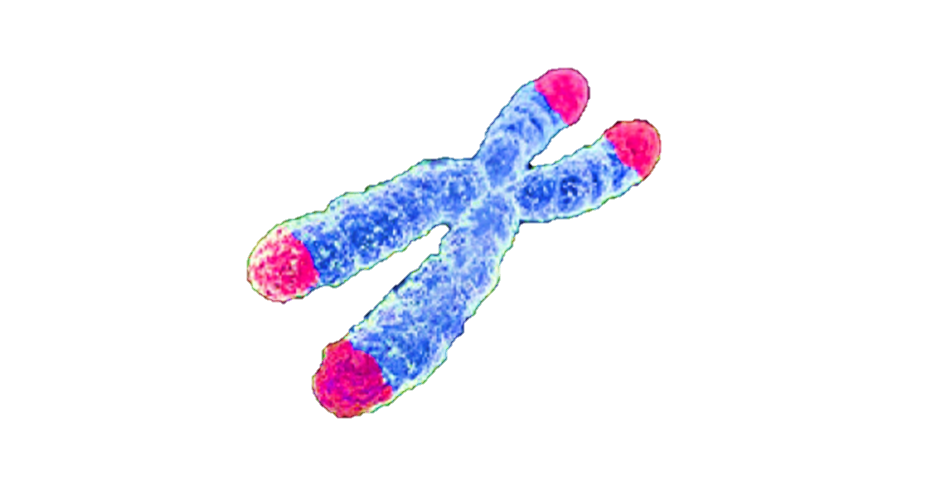
The telomeres of eukaryotic chromosomes consist of short sequences of
A. Cytosine rich repeats
B. Adenine rich repeats
C. Guanine rich repeats
D. Thymine rich repeats
Answer
567.6k+ views
Hint:-A telomere is derived from two Greek words ‘telos’ which means an end, and ‘meros’ which means part. So, telomere can be defined as the terminal portion of the chromosome that is known for the protection of the ends of the chromosomes from deterioration or fusion with other neighboring chromosomes.
Complete step-by-step solution:-
Telomeres are non-sticky ends that are composed of repetitive nucleotide sequences that are located at the end of each chromosome. In eukaryotic chromosomes, these repetitive sequences are followed by 3’ guanine rich overhangs. These G-rich overhangs form G-quadruplexes which are known for providing protection, suppression of recombination, and inhibition of telomere extension.

Thus, the telomeres of eukaryotic chromosomes consist of short sequences of guanine-rich repeats but not cytosine, adenine, or thymine rich repeats. Therefore, options (A), (B), and (D) are incorrect.
Hence, the correct option is (C).
Additional information:-
The scientists, Elizabeth Blackburn and Jack Szostak were the ones who discovered that a unique DNA sequence in the telomeres is known for the protection of chromosomes from degradation. In the vertebrates, the repetitive sequence present in the telomeric region of each chromosome is 5’-TTAGGG-3’, which is repeated about 2500 times in the case of humans. These regions are present at the end of linear chromosomes. Most of the prokaryotes have circular chromosomes, hence, telomeres are absent in them. Telomeres are also known to make sure that the DNA is being copied properly during cell division or not. The replication of DNA does not take place at the telomeric ends, thereby, leading to the formation of shorter DNA strands. Telomeres are responsible for the aging process as each time the cell divides, the telomere gets shorter enabling them to do their job properly, thereby causing the cells to age and stop functioning properly.
Note:- Telomeres are known to protect the ends of chromosomes which is possible only because of the presence of G-quadruplexes formed from guanine-rich repeats present at the 3’ ends of the DNA strand.
Complete step-by-step solution:-
Telomeres are non-sticky ends that are composed of repetitive nucleotide sequences that are located at the end of each chromosome. In eukaryotic chromosomes, these repetitive sequences are followed by 3’ guanine rich overhangs. These G-rich overhangs form G-quadruplexes which are known for providing protection, suppression of recombination, and inhibition of telomere extension.

Thus, the telomeres of eukaryotic chromosomes consist of short sequences of guanine-rich repeats but not cytosine, adenine, or thymine rich repeats. Therefore, options (A), (B), and (D) are incorrect.
Hence, the correct option is (C).
Additional information:-
The scientists, Elizabeth Blackburn and Jack Szostak were the ones who discovered that a unique DNA sequence in the telomeres is known for the protection of chromosomes from degradation. In the vertebrates, the repetitive sequence present in the telomeric region of each chromosome is 5’-TTAGGG-3’, which is repeated about 2500 times in the case of humans. These regions are present at the end of linear chromosomes. Most of the prokaryotes have circular chromosomes, hence, telomeres are absent in them. Telomeres are also known to make sure that the DNA is being copied properly during cell division or not. The replication of DNA does not take place at the telomeric ends, thereby, leading to the formation of shorter DNA strands. Telomeres are responsible for the aging process as each time the cell divides, the telomere gets shorter enabling them to do their job properly, thereby causing the cells to age and stop functioning properly.
Note:- Telomeres are known to protect the ends of chromosomes which is possible only because of the presence of G-quadruplexes formed from guanine-rich repeats present at the 3’ ends of the DNA strand.
Recently Updated Pages
A man running at a speed 5 ms is viewed in the side class 12 physics CBSE

State and explain Hardy Weinbergs Principle class 12 biology CBSE

Which of the following statements is wrong a Amnion class 12 biology CBSE

Two Planoconcave lenses 1 and 2 of glass of refractive class 12 physics CBSE

The compound 2 methyl 2 butene on reaction with NaIO4 class 12 chemistry CBSE

Bacterial cell wall is made up of A Cellulose B Hemicellulose class 12 biology CBSE

Trending doubts
What are the major means of transport Explain each class 12 social science CBSE

Which are the Top 10 Largest Countries of the World?

Draw a labelled sketch of the human eye class 12 physics CBSE

Explain sex determination in humans with line diag class 12 biology CBSE

Give 10 examples of unisexual and bisexual flowers

State the principle of an ac generator and explain class 12 physics CBSE




